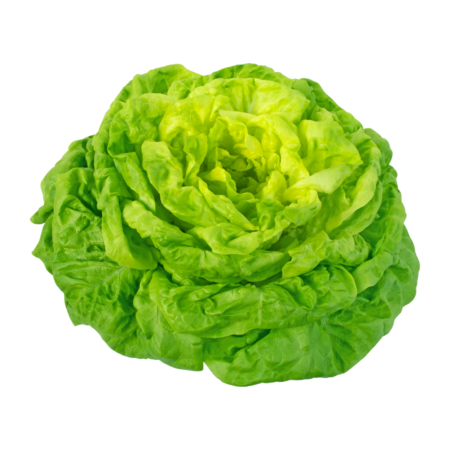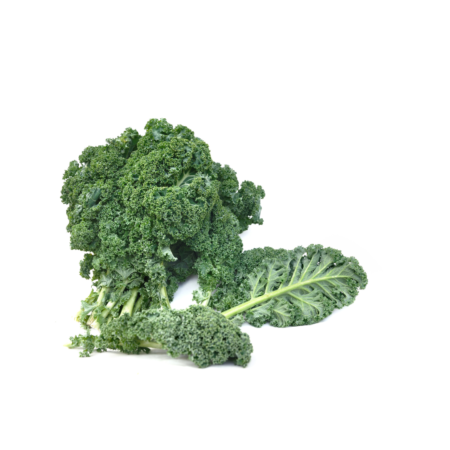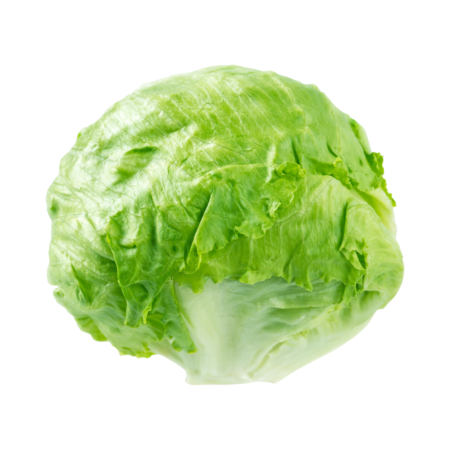Exotic leafy greens are unique, nutrient-rich vegetables that bring a burst of flavor, color, and texture to your diet. Examples include kale, arugula, Swiss chard, mustard greens, and bok choy. These vibrant greens are packed with vitamins A, C, and K, along with essential minerals like calcium, iron, and magnesium. They are high in antioxidants, which help combat inflammation and protect against cell damage. The fiber content supports digestive health, while their low calorie and high nutrient density make them excellent for weight management. Adding exotic leafy greens to your meals not only boosts nutritional value but also enhances culinary variety and taste.
Showing 1–12 of 21 results
-

Arugula Lettuce (Per 100g)
₹130.00Add to cartThe leaves can be long and spiked or shorter and more rounded, but they all share that dark green color. People commonly add fresh arugula to salads, but it also works well incorporated into pasta, casseroles, and sauces, just like other leafy greens. Due to its peppery flavor, people often mix arugula with other milder greens, such as watercress and romaine. Arugula is high in vitamin K, a fat-soluble vitamin that helps with blood clotting and bone metabolism.
-

Baby Spinach (Per 100gms)
₹115.00Add to cartBaby spinach (Spinacia oleracea) refers to the young, tender leaves of spinach plants harvested early in their growth cycle. Smaller and more delicate than mature spinach, baby spinach is prized for its mild flavor, smooth texture, and versatility in a wide range of dishes. It is a nutrient-dense green that is commonly used in salads, smoothies, sautés, and as a garnish. Baby spinach has small, delicate leaves that wilt to a slippery mass when cooked. The flavor of baby spinach is also much milder than that of mature bagged and bunched spinach.
-

Butterhead Lettuce (One Head)
₹130.00Add to cartIt is best suited for both raw and cooked applications such as braising or boiling. Predominately used as the principal ingredient in salad, its textures and subtle flavors are a perfect canvas for savory and bold, or bright, fruity companion ingredients. It is also commonly layered in sandwiches or used as a wrap for tuna or chicken.
It is high in fiber and cellulose, it is heart healthy. It also helps with insomnia.
-

Celery (One Unit)
₹130.00Add to cartCelery (Apium graveolens) is a popular vegetable known for its crisp texture and refreshing flavor. It is characterized by long, fibrous stalks that taper into leafy tops. Celery is commonly eaten raw as a snack, added to salads, soups, and stews, or juiced for its health benefits.
In hydroponics, celery thrives in nutrient-rich water systems and grows upright, making it an efficient crop to cultivate. It requires steady light, humidity, and moderate temperatures for optimal growth.
Culinary Uses and Practical Benefits
-
Versatile in Cooking: Use in soups, stews, smoothies, salads, or as a snack with dips.
-
Juicing Trend: Celery juice is renowned for its detoxifying and skin-cleansing properties.
-
Long Shelf Life: When grown hydroponically, celery stays fresh longer, providing consistent quality year-round.
Adding celery to your hydroponic crop range is a smart move, appealing to health-conscious consumers and culinary enthusiasts alike! 🌱
-
-

Chinese Cabbage (One Unit) Approx 800g
₹220.00Add to cartChinese cabbage (Brassica rapa subsp. pekinensis), also known as Napa cabbage, is a leafy vegetable widely used in Asian and global cuisines. It is recognized for its mild, sweet flavor, crisp texture, and high nutritional value, making it a favorite in salads, stir-fries, soups, and fermented dishes like kimchi.
Key Features:
- Appearance: Chinese cabbage has an elongated head with tightly packed, pale green leaves that are broad, crinkly, and tender. The veins are prominent and add a slight crunch.
- Flavor: The flavor is mild and slightly sweet, without the sharpness typically associated with other cabbages.
- Nutritional Value: It is low in calories but high in essential vitamins and minerals, including vitamins C and K, folate, calcium, and potassium. It also contains antioxidants and dietary fiber, promoting digestion and overall health.
-

Curly Endive Lettuce (One Head)
₹115.00Add to cartThe Curly Endive lettuce is the type commonly consumes lettuce, grown mainly in the northern peninsular Spain due to the mild and humid climate of the area, conditions for this type of lettuce. It can be described as a round lettuce bud and loose and curled leaves; its leaves are quite showy and depending on the variety may be more intense or lighter green
-

Curly Kale (Per 100g)
₹140.00Add to cartKale is a bright green, dark green, or purple, with tight, ruffled leaves that are easy to tear. Curly kale is the most common type of kale. Kale can be steamed, sauteed, boiled, or chopped and used raw in salads.
It can also be added to soups. Kale leaves can be baked till crispy to make it as a healthy chips alternative.Nutrients in Kale can help in reducing cholesterol, prevent cancer and losing weight by filling you up with a high water content but few calories -

-

Italian Basil (Per 50gms)
₹55.00Add to cartItalian basil is a variety of sweet basil, known for its aromatic leaves and rich, slightly peppery flavor that is a key component of many Italian and Mediterranean dishes. Often recognized for its large, glossy, deep green leaves, Italian basil is a staple in cuisines around the world, particularly in pesto, pasta sauces, and as a garnish for dishes like pizza and caprese salad.
Italian basil is characterized by its robust flavor, which combines hints of pepper, mint, and anise. Unlike other types of basil, such as Thai or purple basil, Italian basil has a milder, sweeter taste that works well with a wide range of savory dishes, especially those featuring tomatoes.
Reduce blood pressure in people with hypertension.
Inhibit the growth of bacteria that cause dental decay. Reduce memory loss associated with stress and aging. -
Sale!

Leek (One Head)
Original price was: ₹100.00.₹90.00Current price is: ₹90.00.Add to cartLeeks are a member of the Allium family, closely related to onions, garlic, and shallots. Known for their mild, sweet flavor, leeks are a versatile vegetable used in a variety of culinary dishes, particularly in European and Mediterranean cuisines. Unlike onions, which have a more pungent taste, leeks offer a subtle, slightly sweet onion-like flavor when cooked, making them ideal for soups, stews, and other savory dishes. They are prized for their crisp, tender texture and delicate flavor, which enhance the taste of many recipes without overpowering other ingredients.
Leeks are typically tall, with long, cylindrical stalks that are made up of overlapping green and white layers. The white portion is tender and edible, while the green leaves are typically tougher but can be used for flavoring broths and stocks.
-

Lollo Rosso Lettuce (Green) – One Unit
₹120.00Add to cartLollo Rosso lettuce is small to medium in size, and grows in a tightly compact, rosette shape. The frilly and curled, fan-shaped leaves are light green in the center and transition to a deep red-maroon around the edges. Connected at a central base, the leaves do not form a head and are made up of single branches.Lollo Rosso lettuce has curled, fan-shaped leaves with a deep red-maroon edge.
-

Lollo Rosso Lettuce (Red) – One Unit
₹120.00Add to cartLollo Rosso lettuce is small to medium in size, and grows in a tightly compact, rosette shape. The frilly and curled, fan-shaped leaves are light green in the center and transition to a deep red-maroon around the edges. Connected at a central base, the leaves do not form a head and are made up of single branches.

